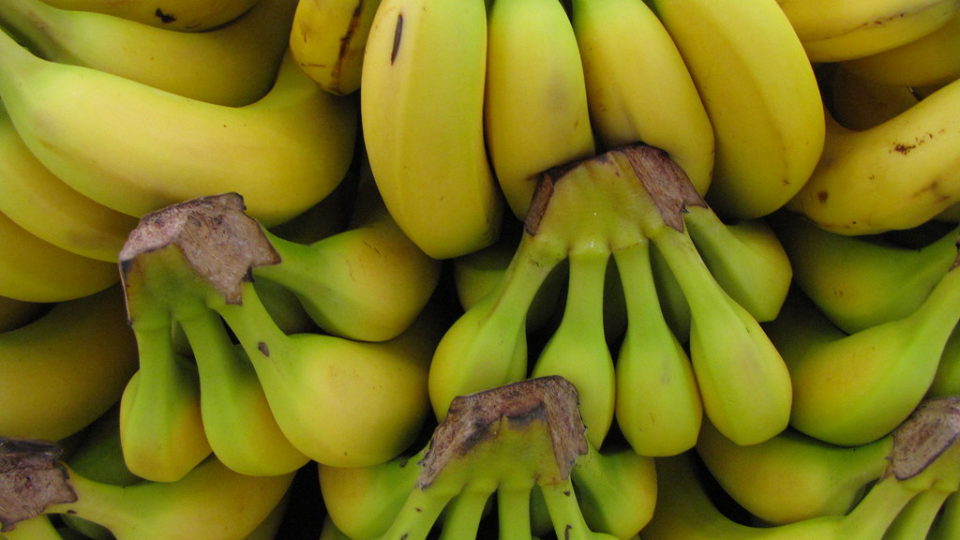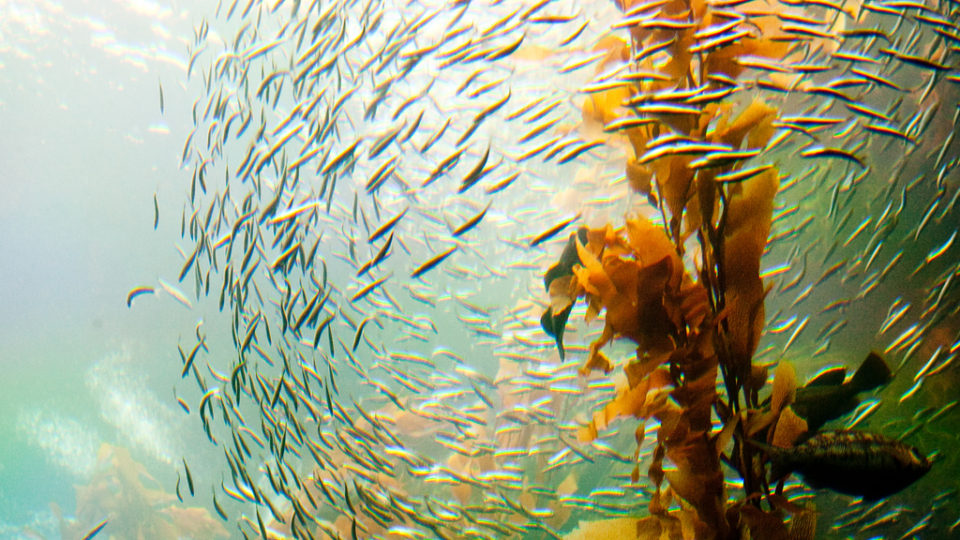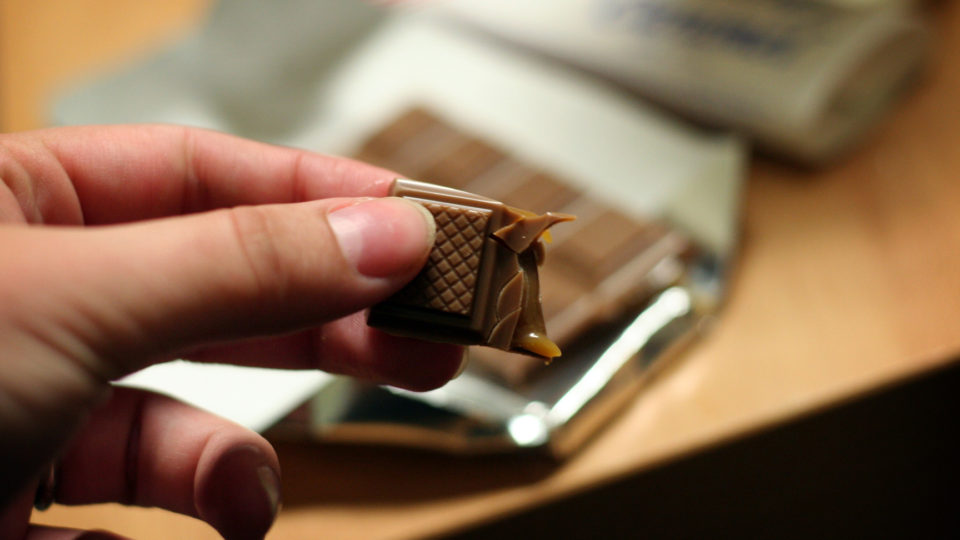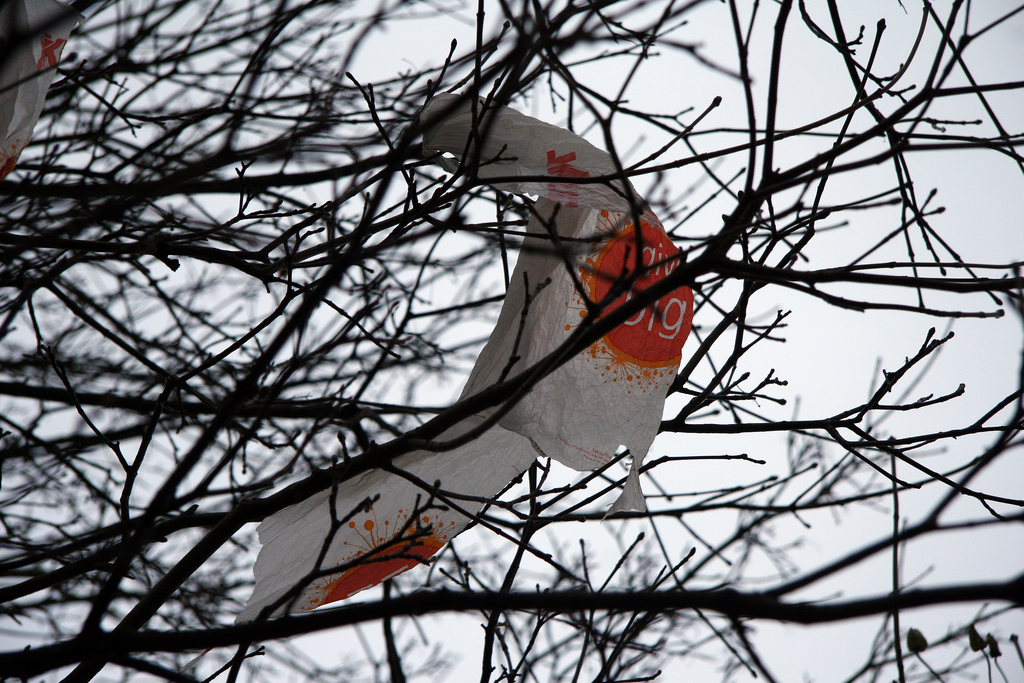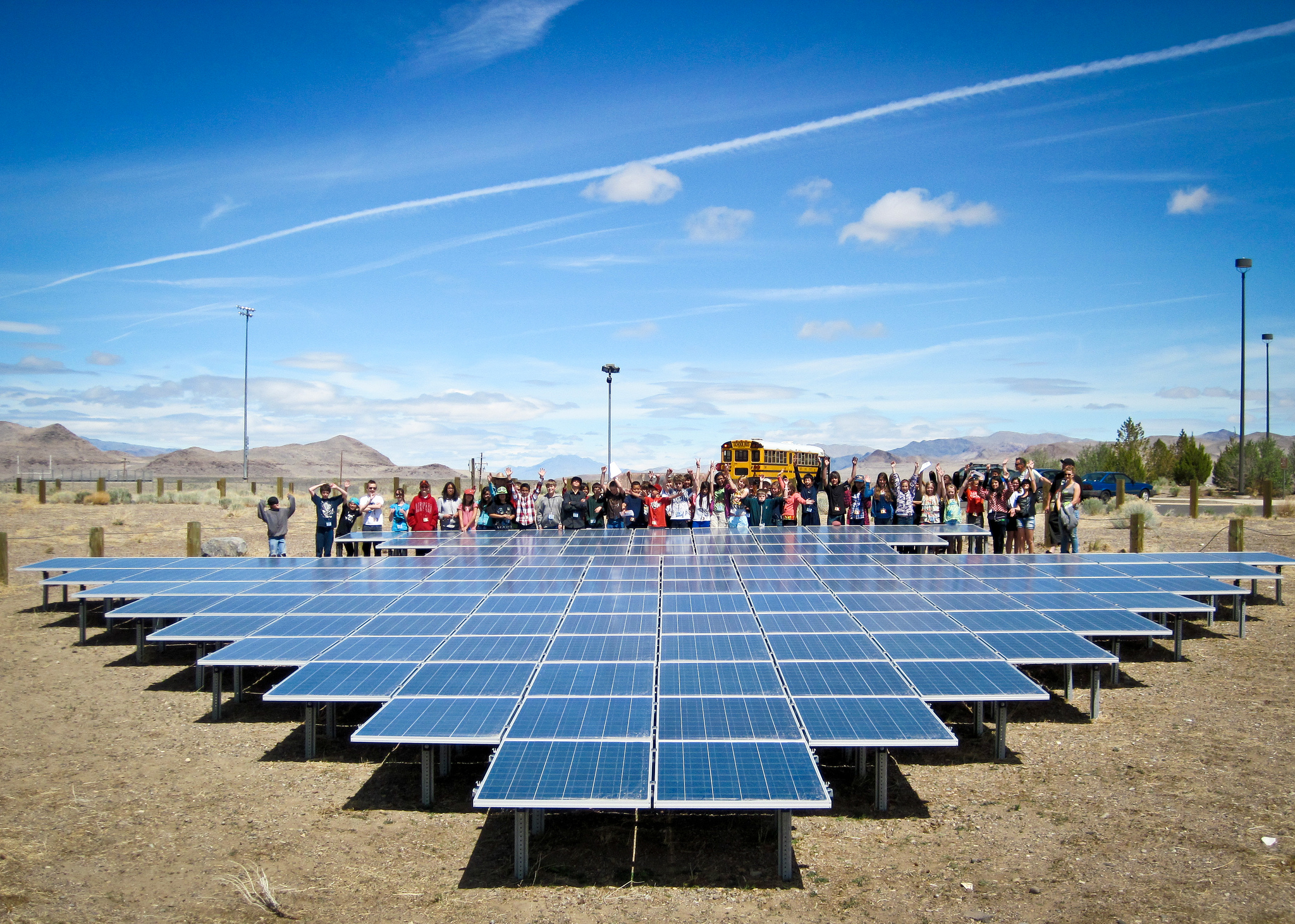For a few years we have been talking about the precarious position of the global banana crop, which is almost entirely based upon a single cloned cultivar known as the Cavendish banana. The banana you buy in Rome is identical to the one in Rochester. And therein lies the danger: if a fungal blight can kill one banana shrub, it can kill them all.
For decades, a fungal disease known as Panama Disease Tropical Race 4 has been wreaking havoc on banana plantations in the Eastern Hemisphere. Even though it was first identified in Taiwanese soil samples in the early 1990s, the destructive fungus remained confined to Southeast Asia and Australia until it was confirmed in both the Middle East and Africa in 2013. Experts continued to fear its eventual appearance in Latin America, which is the epicenter of the global banana export industry.
In August, Colombian agricultural authorities announced that laboratory tests have positively identified the presence of Tropical Race 4 in the Caribbean coastal region and declared a national state of emergency.
The infection of the banana plant does not produce bananas that are unsafe for humans. What happens is that the infected plants eventually stop bearing fruit.
Cavendish bananas are a prime example of the dangers of growing crops with limited genetic diversity – known as monoculture. It leaves food systems dangerously vulnerable to disease epidemics.
This has happened to the global banana crop before when the predecessor to the Cavendish banana – the Gros Michel – was mostly eradicated by another fungal outbreak. At the moment, there is no ready replacement banana to bail out the industry, but scientists are desperately trying to breed one. In the meantime, the world’s supply of bananas is in real danger.
**********
Web Links
The banana is one step closer to disappearing
Photo, posted July 9, 2009, courtesy of Dabin Lambert via Flickr.
Earth Wise is a production of WAMC Northeast Public Radio.
